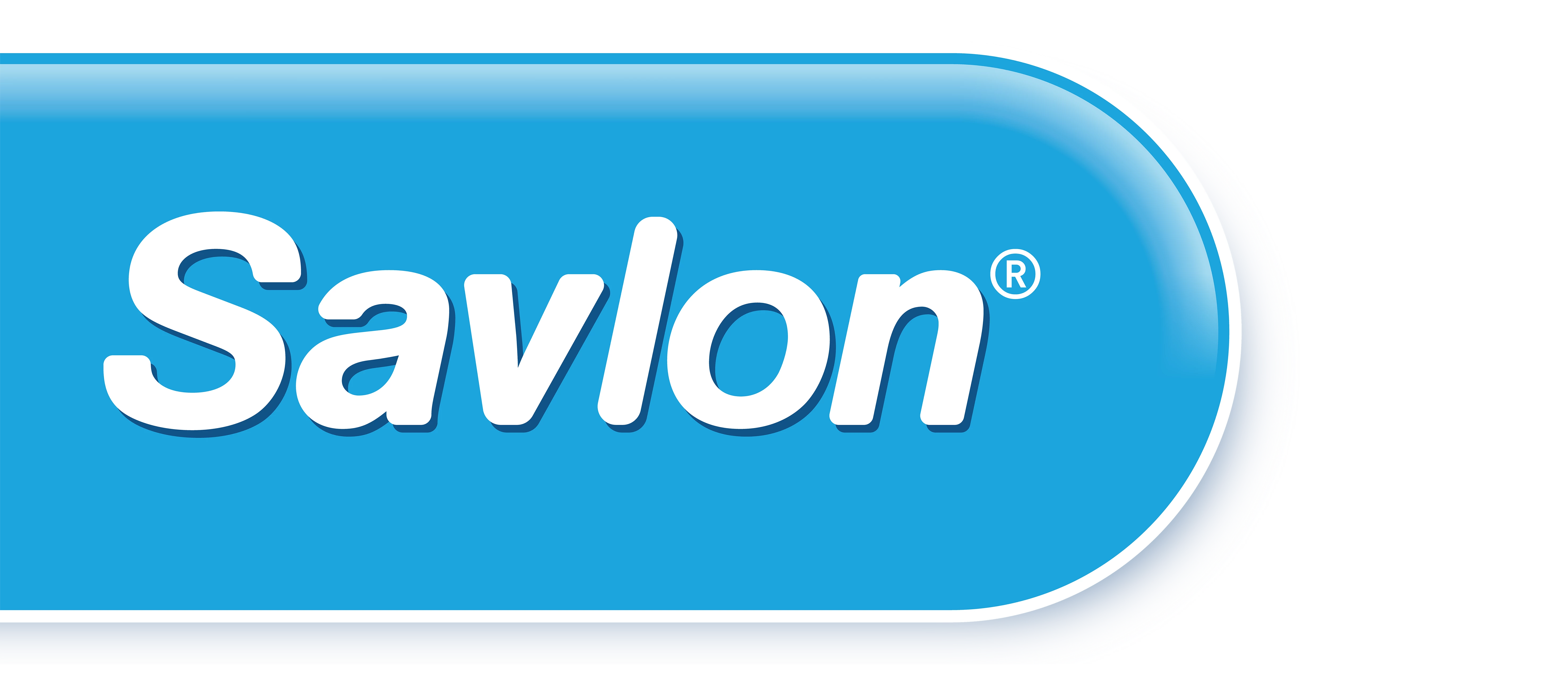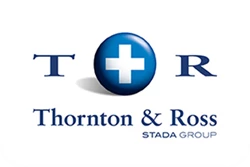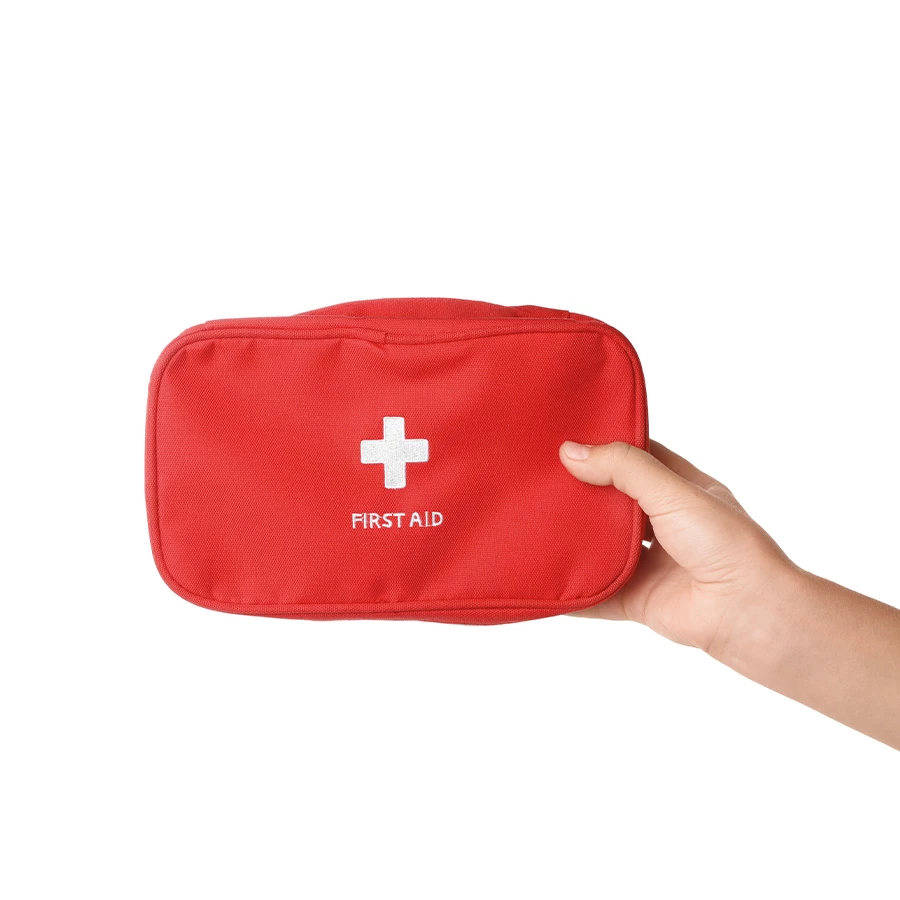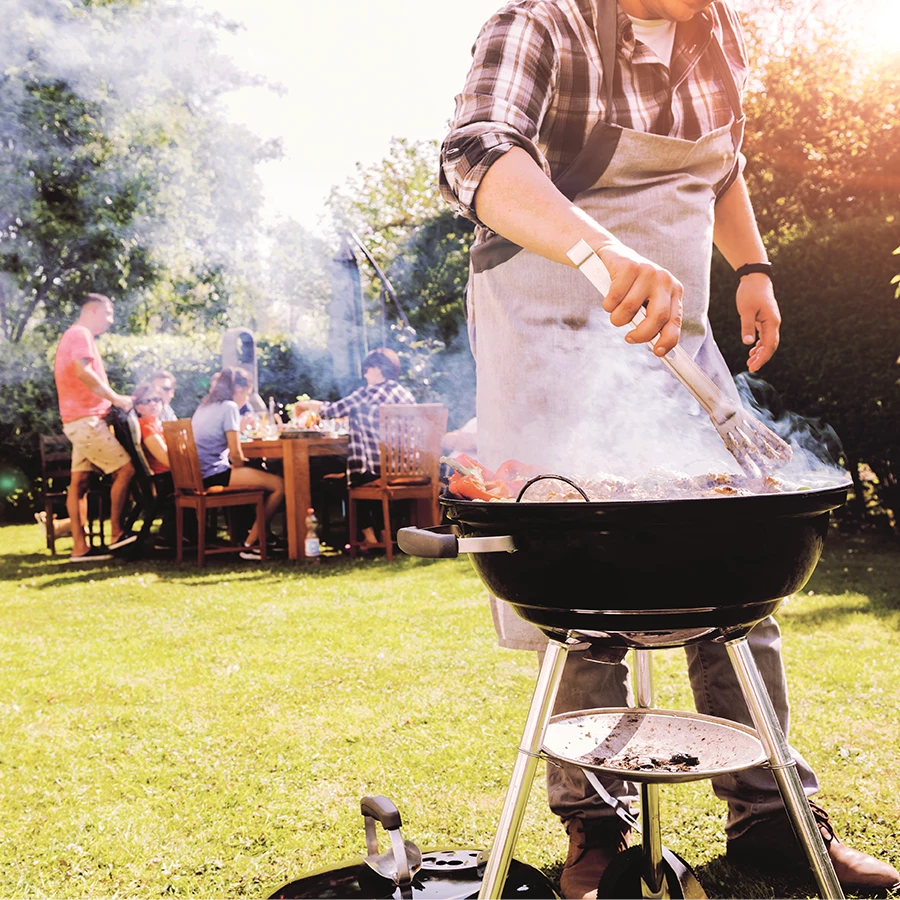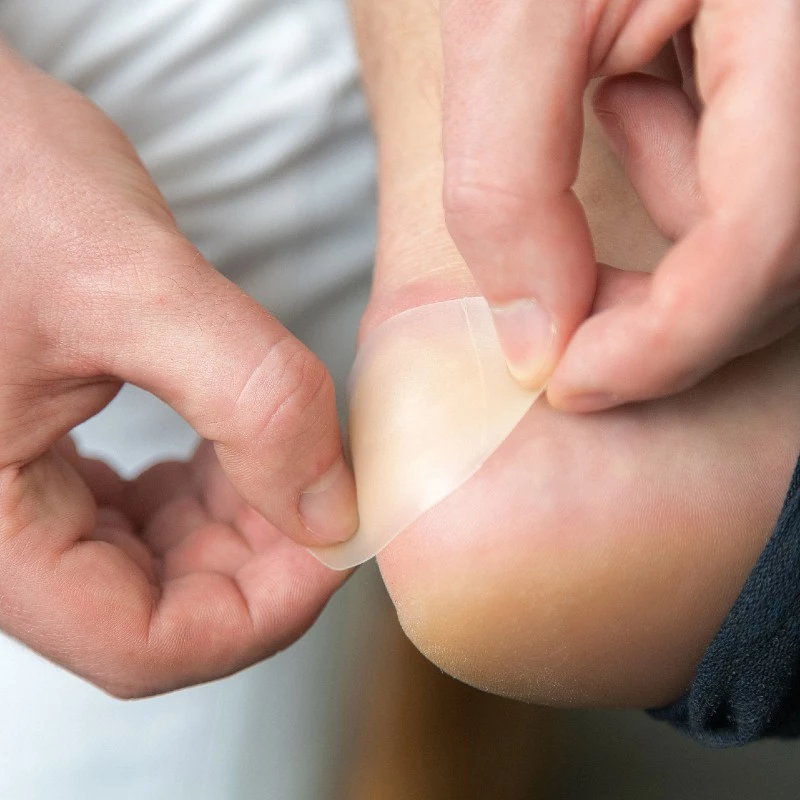| Many of us are likely to have experienced a burn at some point in our lives. Burns are some of the most common household injuries with the majority being caused by accidents. Fortunately, most burns are quite minor and can be treated at home with first aid! |
Contents |
Common causes/types of burns
First-degree burns
These burns are a common household injury and usually affect only the top layer of the skin and don’t penetrate to other tissues. Typically these burns don’t break the skin but may cause redness, pain and sometimes swelling in the affected area.
Some of the common causes of superficial burns include:
- Thermal burns - usually occurs from touching hot objects such as a stove or hair straightener.
- Scalds (a type of thermal burn) - most common in young children and usually caused by hot liquid or steam.
- Sunburn - typically caused by excessive exposure to UV rays from sun or sunlamps in tanning beds.
- Electrical burns - can be caused by exposure to household current via socket openings, electrical cords & appliances (it’s recommended to see a doctor for these accidents to assess whether any internal damage has been done).
- Friction burns - occurs from rubbing against an abrasive surface such as a carpet and can sometimes cause skin to break in more severe cases, which can increase the likelihood of infection.

Second-degree burns
Second-degree burns are more serious as they don’t only affect the outer layer of the skin, but also the dermis underneath. They often cause redness, pain, blistering and swelling, however, the symptoms can vary depending on the severity of this type of burn.
More severe symptoms include wet-looking wounds, irregular pattern burn of the affected area, intense pain and white/deep red appearance of the skin. If you experience any of the latter symptoms, it’s recommended to visit your GP/hospital for medical examination.
Some of the common causes of these burns include:
- Severe sunburn - often happens after an extended period of sun exposure, resulting in burns of a large portion of the skin with extensive blistering
- Accidents with ovens/scalding - sometimes household burns can become more severe if the burn is large in size and reaches the dermis
- Hot oil burns - these are common among people who use deep fryers and frying pans, usually caused by cooking oil splattering and coming into contact with skin (cooking oil can exceed 190°C)
- Chemical burns - can arise from skin contact with bleach, cleaning products, chemical heat packs and in some cases acid.
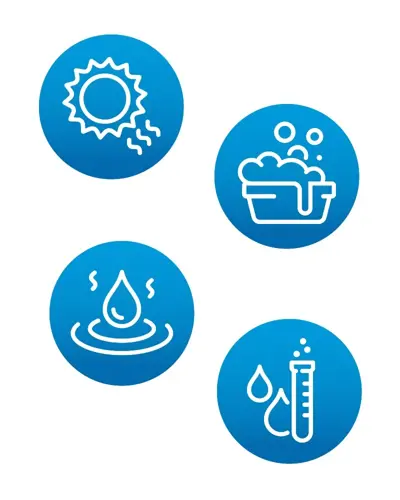
Third-degree & fourth-degree burns
More severe burns go through the dermis and damage the deeper tissues, otherwise referred to as full-thickness burns.
Symptoms of this type of burn include:
- Waxy & white appearance of the skin in affected areas
- Char
- Dark brown colour
- Raised and sometimes leathery texture
These burns cannot be treated at home. Seek immediate medical attention if you experience any of the symptoms as it indicates damage for deeper layers of the skin and internal tissues.
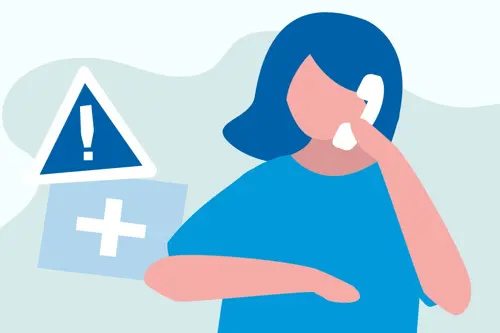
How to treat a burn at home
Most first-degree burns and smaller second-degree burns (less than 3 inches in diameter) can be treated at home safely, however seek medical advice if you’re unsure about the severity of your burn.
Following steps should be taken in the case of minor burns:
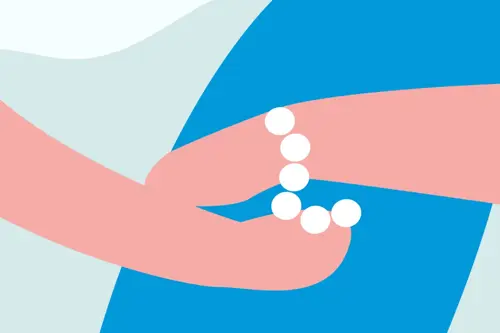
Stop burning
Remove yourself or the person affected from the source of the burn & remove any clothing/jewellery from the burnt area of the skin to protect from further harm.
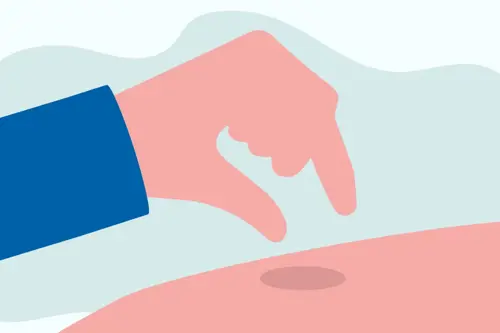
Don't pop the blister
If blisters appear on the burnt area of the skin, avoid breaking them or putting too much pressure on as they provide protection and time to heal.
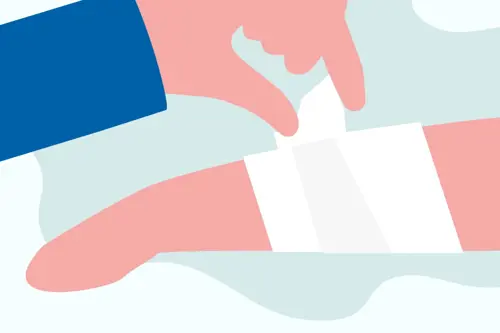
Cover the burn
Loosely bandage the burn with a sterile, non-stick dressing to reduce the pain and protect any blisters formed. You can also use a clean single layer of cling film to cover the limb affected for burns and scalds.

Cool the burn
Keep the burn area under cool water for 20 minutes or until the pain subsides. You can also use a cool, wet compress instead but never use ice or iced water on the damaged skin.
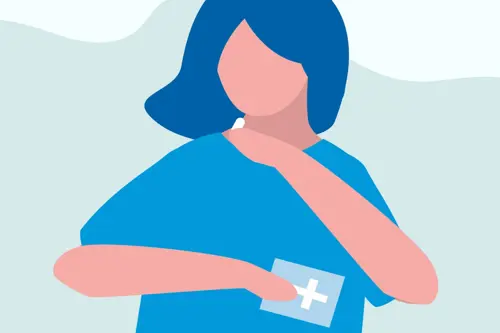
Use painkillers
If the pain is bothersome, consider taking some ibuprofen or paracetamol for relief.

Keep out of the sun
Protect the burnt area by seeking shade when spending time outside, covering it with clothing and making sure to apply sunscreen with SPF 30 or higher.
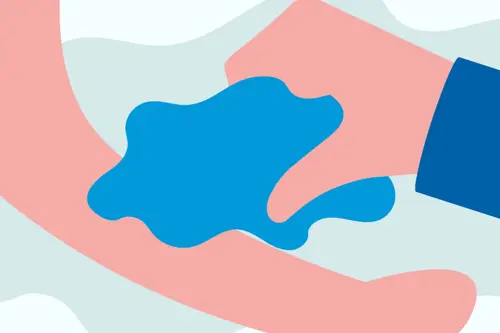
Clean the area
Gently clean the affected skin with mild soap and water, which is especially important if any burn blisters break in order to protect from infection.

Protect & moisturise
Applying Savlon Burns & Scalds 0.25% Cream has a formulation specifically designed to treat the skin, which also helps prevent infection.
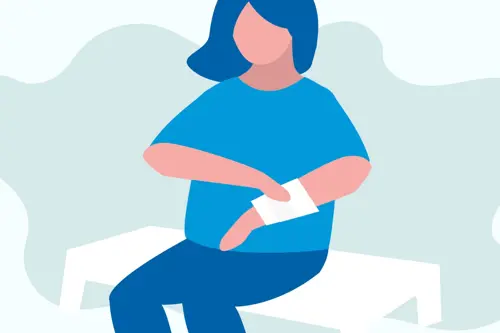
Sit upright for as long as possible
Avoid lying down if the burn is on your face or eyes as this will reduce the swelling.
How to heal a burn faster - aftercare
How to heal a burn faster - aftercare

Apply an over-the-counter burn remedy
Savlon Burns & Scalds 0.25% Cream gives you effective relief for minor burns and scalds, with a formulation specifically designed to treat the skin.

Consider taking vitamin E supplements
Some reports suggest that burns reduce vitamin E levels in the body, so using vitamin E oils might aid healing.
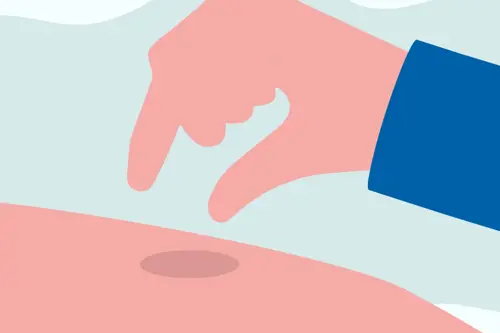
Don't pop the blisters
As tempting as it might be, avoid touching the blisters as once they’re broken they can increase the risk of infection in the burn area.
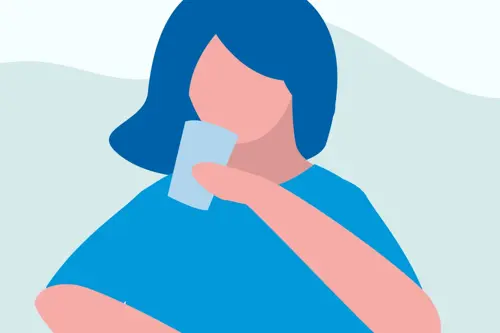
Stay hydrated
Make sure to drink plenty of water to replenish the liquids lost body fluids and help the healing process.

Keep the area moisturised
It’s important to keep the burn moisturised during the healing process. Savlon Scar Prevention Gel with hydro active colloid formulation helps to hydrate and soothe the burn during the healing process. Alternatively, you may use unscented lotion or aloe vera, however make sure that the skin is closed before you do this.
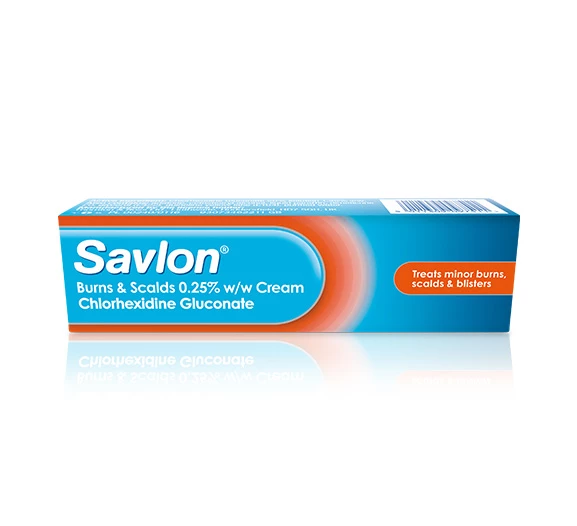
When to seek medical attention
If any of these apply to you, visit a hospital A&E department. If you are unsure, call NHS 111 or visit an NHS walk-in centre/ your GP. |
 |
